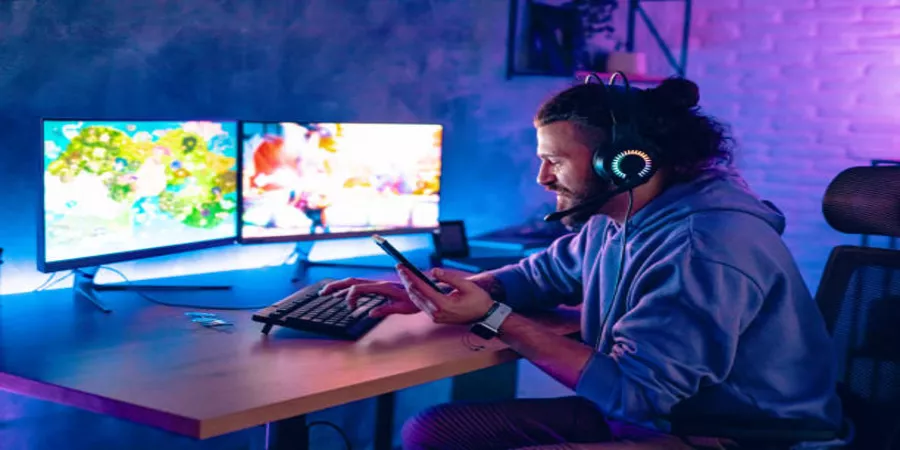Apple is pioneering a new approach to human-robot interaction with its latest artificial intelligence (AI) framework, ELEGNT. Designed for non-humanoid robots, this innovative system allows machines to express intent, attention, and emotions through movement—making interactions more natural and engaging.
Bridging the Gap Between Humans and Non-Humanoid Robots
Unlike humanoid robots that naturally communicate through familiar body language, non-humanoid robots often struggle to engage users. Apple’s ELEGNT framework aims to solve this by integrating expressive motion, posture, and gestures into robotic functions. While these movements do not directly impact task performance, they significantly enhance human-robot engagement by making interactions feel more intuitive and lifelike.
A Lamp-Like Robot That Understands You
To showcase the potential of ELEGNT, Apple researchers developed a lamp-like robotic prototype. Resembling Pixar’s Luxo Jr., the robot demonstrated the ability to follow hand gestures, adjust its light accordingly, and even display movements that mimicked comprehension—such as nodding in agreement. This approach transforms a simple robotic function into an engaging, almost personality-driven experience.
The Science Behind Expressive Robotics
Apple’s research, published on the pre-print journal arXiv, outlines how ELEGNT combines hardware design with software-based training. The framework includes interaction scenario storyboards that map out various expressive behaviors in functional and social tasks.
During user trials involving 21 participants, researchers observed a notable increase in engagement and perceived robot qualities. One participant highlighted how, without the playful movements, interacting with a lamp robot would feel more “annoying” than engaging.
The Future of Interactive Robotics
ELEGNT marks a step forward in making robots more relatable and emotionally intelligent, even without human-like features. While Apple has yet to announce commercial applications, this research signals a future where everyday robots could seamlessly integrate into homes and workplaces—not just as tools, but as interactive companions.









